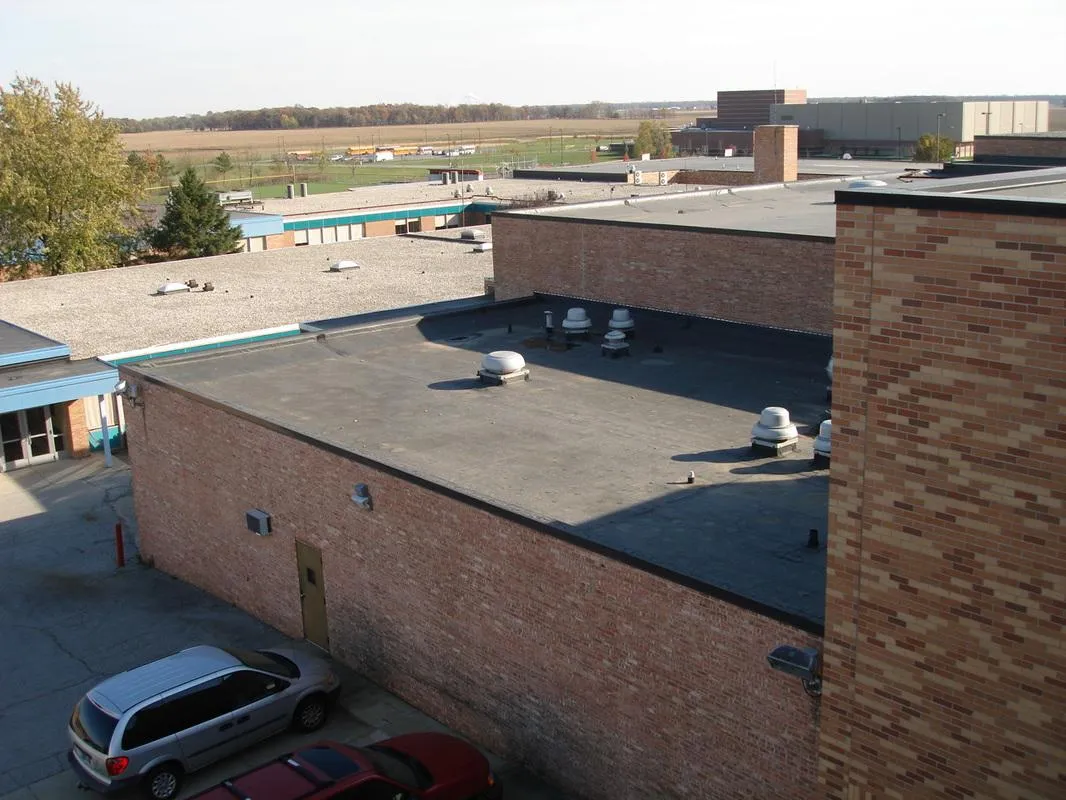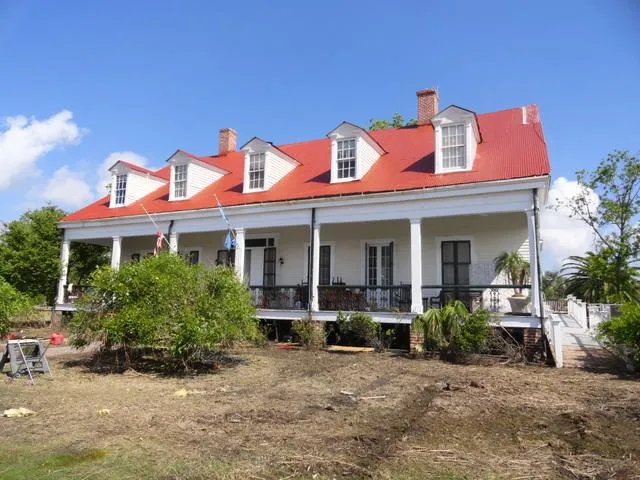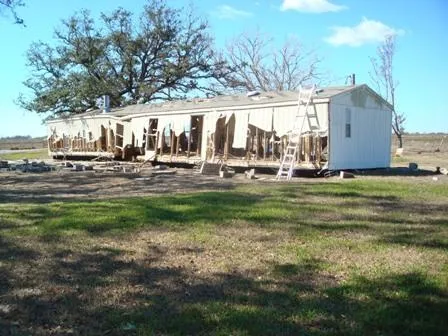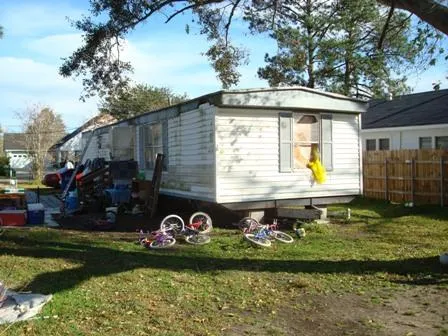Experience Matters
Philip Weber, President of Claim Animalz Inc
I’ve spent decades inside the insurance world—trained by some of the best during a time when adjusters were true experts.
We were expected to know policy language, construction, and cause of loss. We didn’t just process claims—we made the final call, documented every detail, and stood by our decisions. If you didn’t meet that standard, you were out.
You’ve heard of catastrophes like Katrina, Superstorm Sandy, and the recent wildfires. In events like these, insurance companies can’t handle the volume alone. That’s when they turn to Third-Party Administrators (TPAs) and Independent Adjusters (IAs)—professionals certified, licensed, and ready to represent the carrier.

When a disaster hit, it was all hands on deck.
The best of us worked 14–16 hour days, nonstop, until the job was done. When most were sent home, a few of us stayed—trusted to fix errors, resolve disputes, and deal with the aftermath. I was that guy.
I was the one they kept behind to clean up the mess.
I was the adjuster who could defuse lawsuits before they exploded—resolving claims fairly, by the book, and to everyone’s satisfaction.
I’ve also helped carriers during mergers—brought in for my expertise to bridge software systems and train others. I’ve worked both in the field and at the desk, inspecting claims and mentoring adjusters on what to watch for. If you're here, you probably need someone who knows the system—inside and out.
These days the field adjuster takes little to no responsibility, many are not even licensed adjusters.
The desk adjuster is the one adjusting your claim—but they’ve never even been to your property.
They rely solely on photos to justify their decisions.
We believe this is unfair.
In fact, some states prohibit this practice—if the adjuster hasn’t been on-site, they cannot write the estimate.
Unfortunately, most states don’t require this level of accountability.
Often, the person sent to your home may claim to have experience, but in reality, they’re underqualified.
Ask them if they’ve read your policy, and you’ll likely hear:
"No, I’m just here to take photos."
How can someone who isn’t licensed, hasn’t read your policy, and lacks proper training make recommendations to your insurer?
They can’t—and they shouldn’t.
So how do you protect yourself against this kind of B.S. and unfair treatment?
✅ Take control.
✅ Work with a representative who understands the process.
✅ Or get your own plan of action—one that ensures your claim is handled fairly and by the book.
It's not All About The Base... It's All About The Plan!
The best public adjusters have a clear, proven plan.
The worst? They talk big but can’t explain their strategy.
Great PAs bring real experience.
Inexperienced ones waste your time—and your claim.
✅ They have a fiduciary duty to YOU.
Not the contractor. Not themselves. Just you.
✅ They understand your policy and explain what it covers.
✅ They clarify your responsibilities under the policy.
✅ They help you set realistic goals and create a plan to achieve them.
A solid PA will:
Explain the process
Prepare for disputes
Hold the insurer accountable
If they can’t explain their plan, they don’t have one.
What you should know about public adjusters
You’re not represented unless you hire a public adjuster (PA) or lawyer.
Most won’t take small claims—they take the same time but pay less.
Example:
$500K claim @10% = $50K (500 hours = ~$100/hr)
$50K claim @10% = $5K (same time = ~$40/hr before expenses)
Smaller claims aren’t worth it for top adjusters unless:
✅ They’re new
✅ Giving back
✅ Think it’ll settle fast
If your claim is under $100K and someone good takes it, it’s a favor.
If they can’t close it quickly, they may lose interest.
Bottom line:
Small claim? Use a guide and go solo if needed.
Big claim? Be picky—choose the best.
Claim Success
My claim success page is being re-created because of years of reliance on word of mouth had led me to not update it. The new page will have a table for those that want a quick glance, actual stories in writing, and actual stories I am video recording.
Check back in February or March for that updated page. For now, enjoy these true stories...
TRUE Claim Stories
Average Hail claim - A True Story
Client: Frustrated homeowner with a history of poor claim experience.
Problem: Didn’t trust attorneys anymore. Wanted someone competent and independent.
Solution: He hired CAI directly.
Step-by-Step:
Signed with CAI, skipped the lawyer.
CAI handled all communication, inspected the home, documented damage (roof, stucco, HVAC, windows, interior, etc.).
We gathered photos, codes, manufacturer instructions, and built a detailed report.
Gave it to the insurance inspector—who turned out not to be a licensed adjuster. We guided him through everything he was missing.
The Claim:
Initial offer: $80K
We challenged low estimates, found errors, got second opinions.
Window estimate alone rose from $12K → $98K after CAI involved a detailed contractor.
Insurance company got mad. We stayed polite, strategic, and always one step ahead.
They revised the estimate 6 times.
Final Result:
Claim grew from $80K → $400K+ (possibly $500K).
Roof done. Windows/doors installed. Stucco 100% replaced.
Insured praised CAI at every step.
Takeaway:
Insurance companies often get it wrong—not out of malice, but because the process is broken.
CAI didn’t just fix it. We led it.
With the right plan, patience, and persistence, you can win too.
The 3-Year-Old Claim — A True Story of Turning a Denial into a Victory
We got a call from an insurance agent asking us to investigate a claim issue with one of her clients—a daycare owner. The insured had recently submitted a roof claim, only to be told she had no roof coverage. She was furious and threatened legal action.
Here's what happened:
Three years ago, after a hailstorm, she filed a claim. The insurance company sent an independent adjuster who spent only 15 minutes on site and denied the claim. Frustrated, the insured called her agent. The agent escalated it, and the insurer brought in an engineer who confirmed that the roof was damaged and needed replacing. Still, the original adjuster refused to reinspect, submitted a partial and severely underpaid estimate, and never informed the insured about her right to recover depreciation or dispute the findings.
The daycare owner received $1,500, assumed that was all she was entitled to, and used it to do basic patchwork repairs.
Fast forward three years: A contractor stops by, inspects the roof, and says it's full of hail damage. Shocked, she tries to file another claim—only to be told the roof wasn’t covered anymore because she never replaced it. She had been paying premiums for two years with no idea her roof wasn’t even included.
That’s when CAI got involved.
We contacted the insured (who was understandably upset) and assured her we were there to help. After earning her trust, we conducted a thorough inspection, reviewed the old claim, and put together a full photo report, detailed estimate, and narrative explaining the insurer’s missteps—missed damage, lack of communication, and failure to act in good faith.
The result?
The insurance company accepted our report and paid for:
• new roof
• New gutters
• Exterior paint
• Compensation for damaged daycare property
This claim could have ended in court. Instead, it ended in success—thanks to persistence, proper documentation, and doing what the insurer should have done in the first place.
We’re not here to shame insurance companies—but this story shows what can happen when claims are mishandled and how the right team can turn things around.
If you’re facing a similar situation: Don’t give up. Get help. Get results.
Sampling of insurance claims resolved by Philip Weber
Philip brings extensive experience in both residential and commercial property claims, including large-loss residential, churches, schools, hotels and motels, condo associations, farms, restaurants, resorts, and mobile homes. He has successfully handled a wide range of claims—from fire, tornado, hurricane, sewer backups, lightning, and flood (NFIP and private carriers) to ice damming and thousands of hail claims.
He is highly skilled in diagramming complex multi-faceted roofs and interiors, although newer technologies such as aerial measurement tools and interior mapping apps are now standard in the industry.
Philip is proficient in Xactimate, Symbility, Simsol, and PowerClaim, with a strong preference for Xactimate due to its widespread industry use and transparency in estimating practices.
Beyond insurance, Philip is also a licensed real estate agent and broker in both Colorado and Washington. He has owned and managed companies that bought, remodeled, and developed dozens of properties—overseeing everything from funding and inspections to remodeling, land development, roadwork, and utilities.
Selected Training Highlights
• Business Interruption & Commercial Claims: Adjusting Business Interruption for retail insureds, commercial claims handling, and commercial roofing & damage assessment.
• Building Codes & Loss Exposure: Courses on building codes, loss, and claim exposure management.
• Specialized Damage Assessment: Training on residential and commercial roofing, earthquake damage, electrical losses, water damage, wood roof damage, and hurricane losses.
• Claims Technology & Estimating: Use of claims technology, estimating electrical and other property damages.
• Legal & Mediation: Good faith claims handling, property mediation strategies, insurable interest issues, subrogation, and fraud/arson investigations.
• Catastrophic & Large Loss: Reconstruction in catastrophic environments, large homeowners claim issues, and quality claim file documentation.
• Expert Instruction: Sessions by industry leaders from Hanover Insurance, Haag Engineering, Travelers, Liberty Mutual, and several legal and forensic experts.















